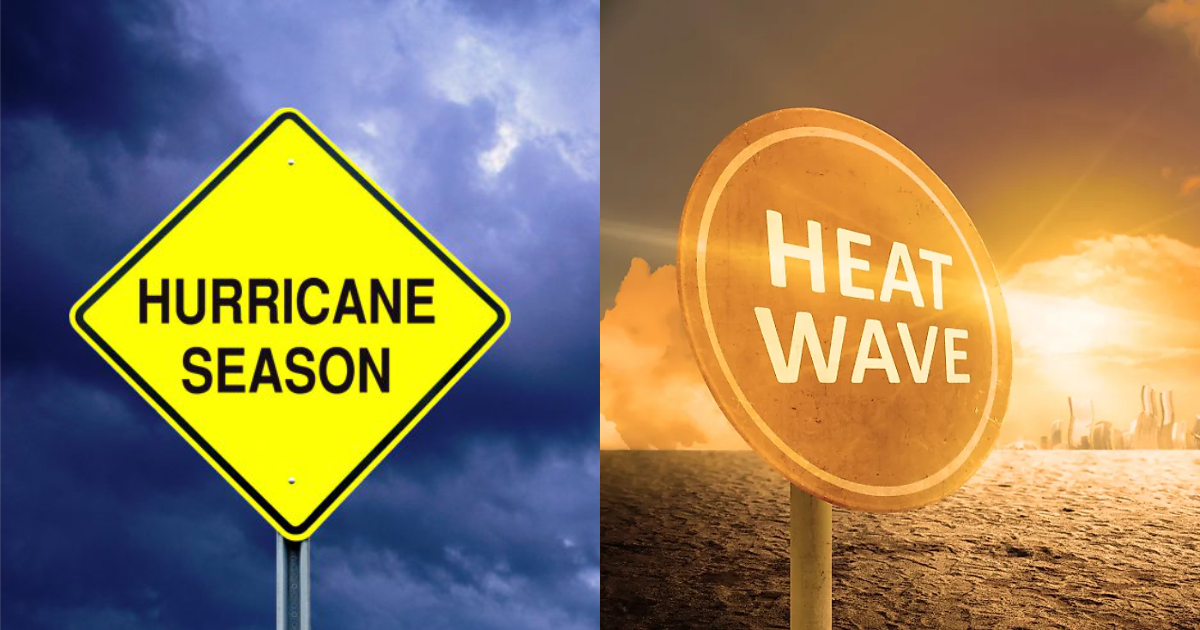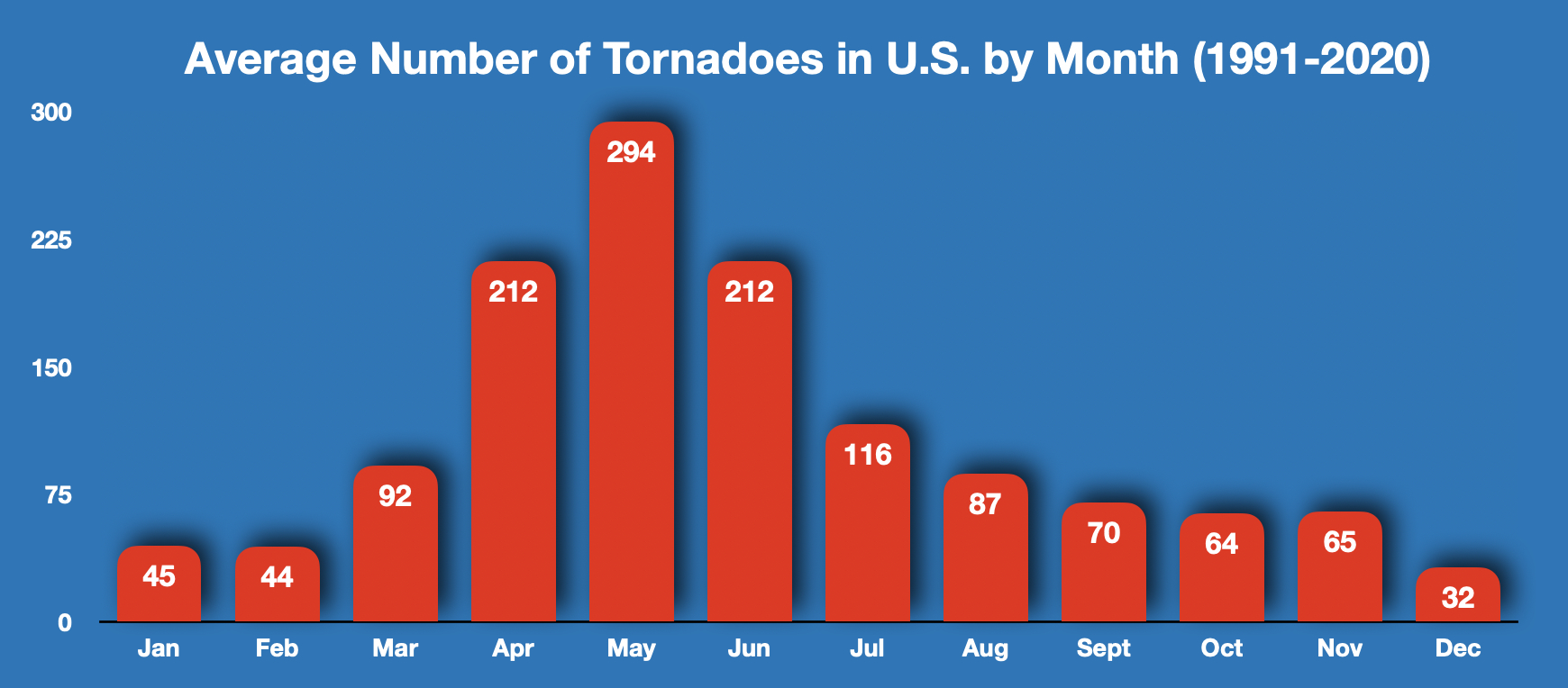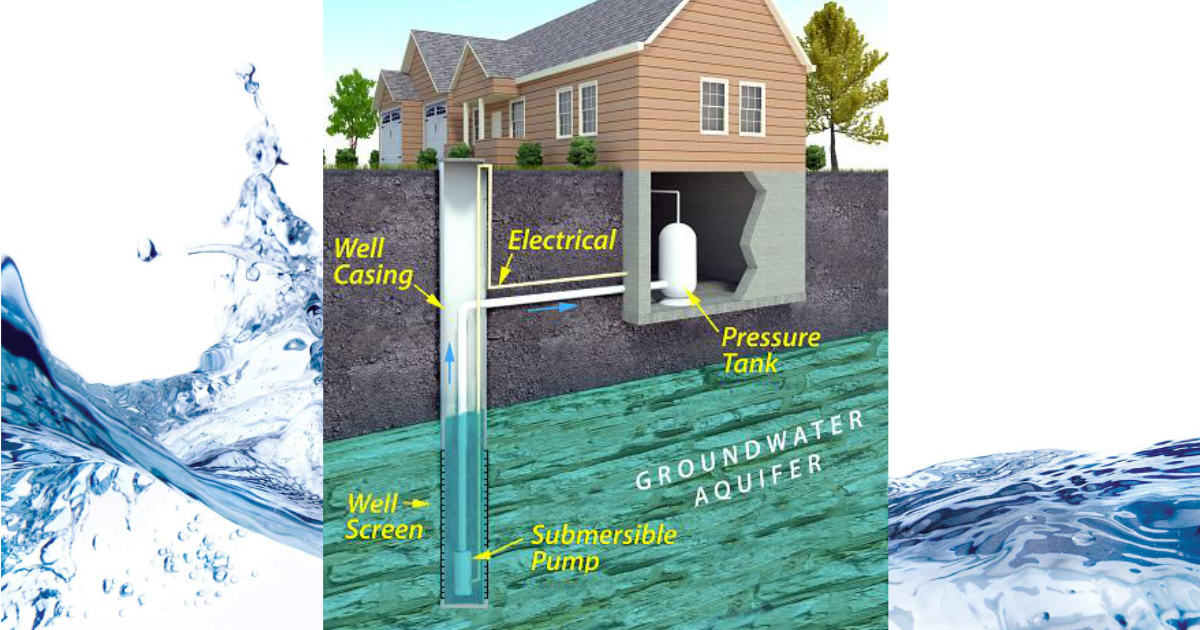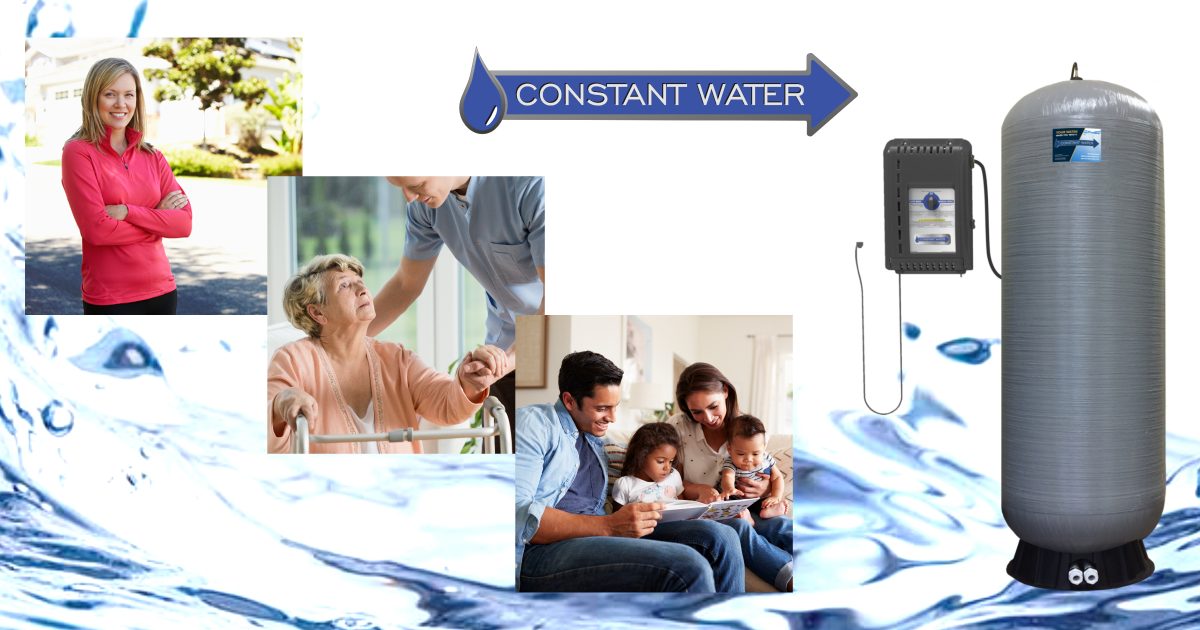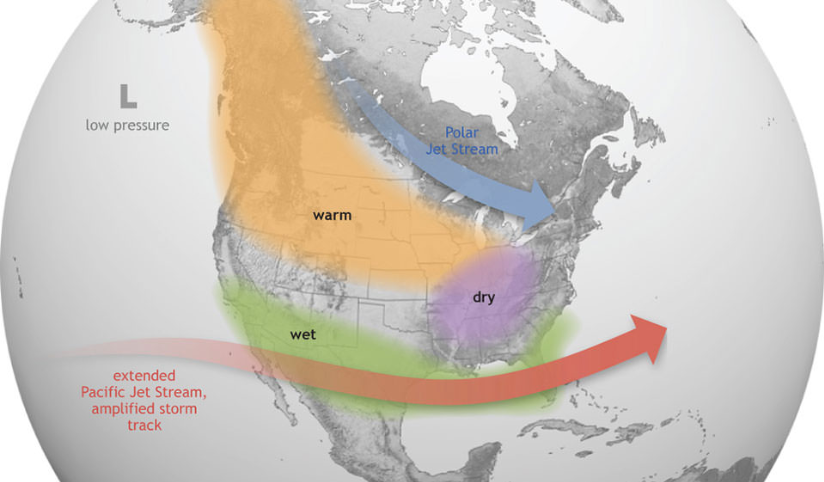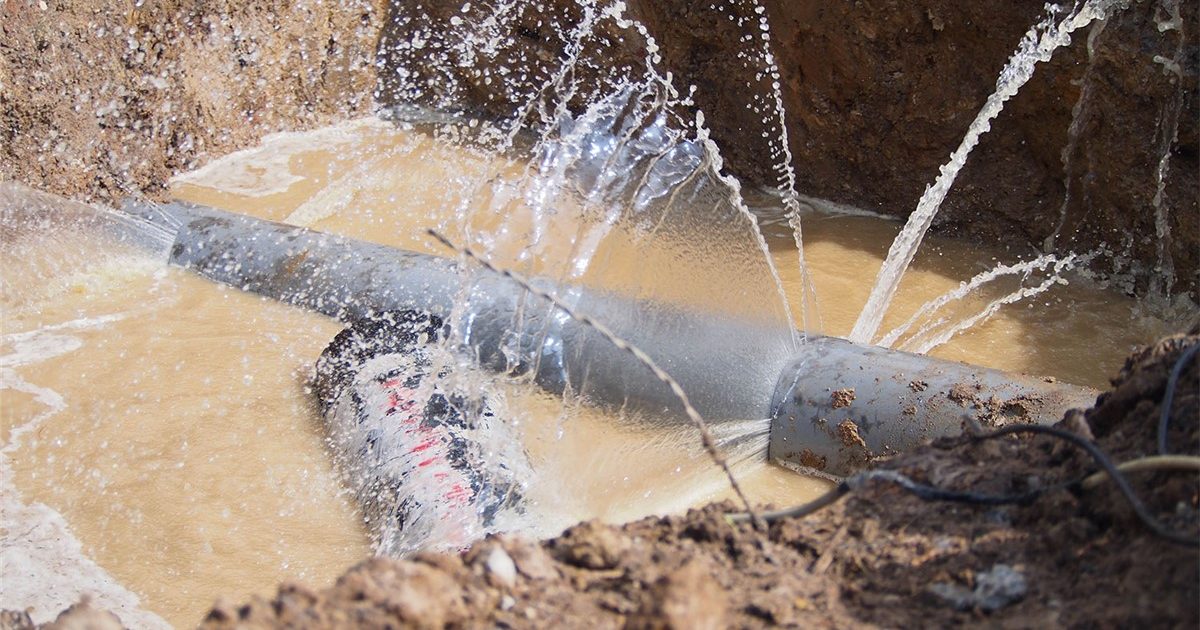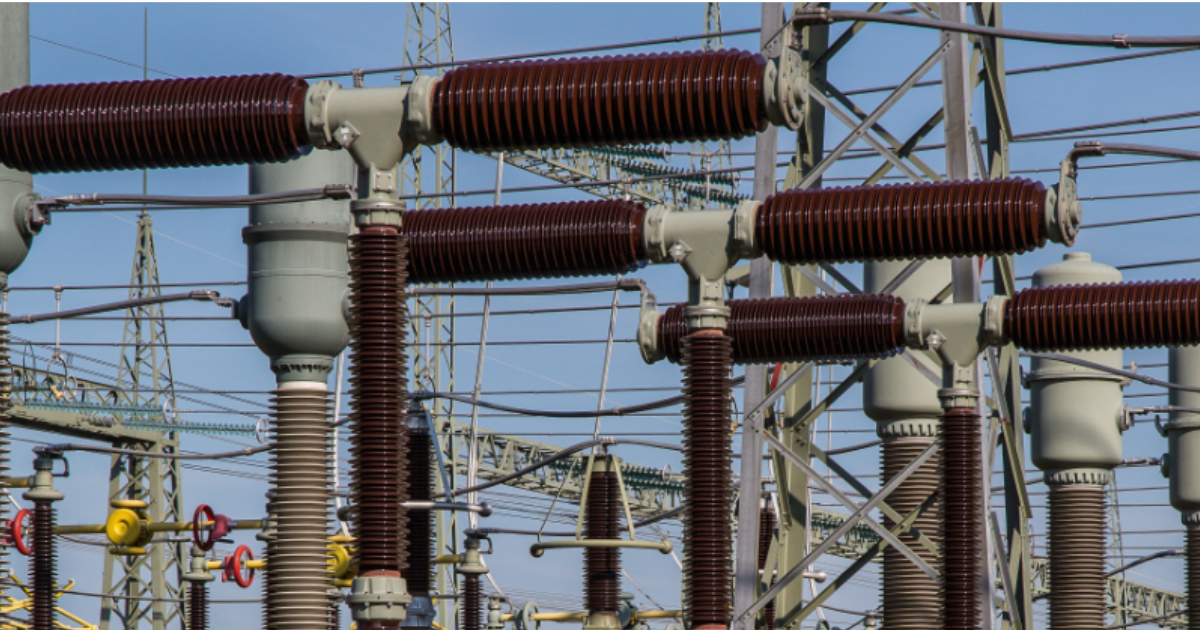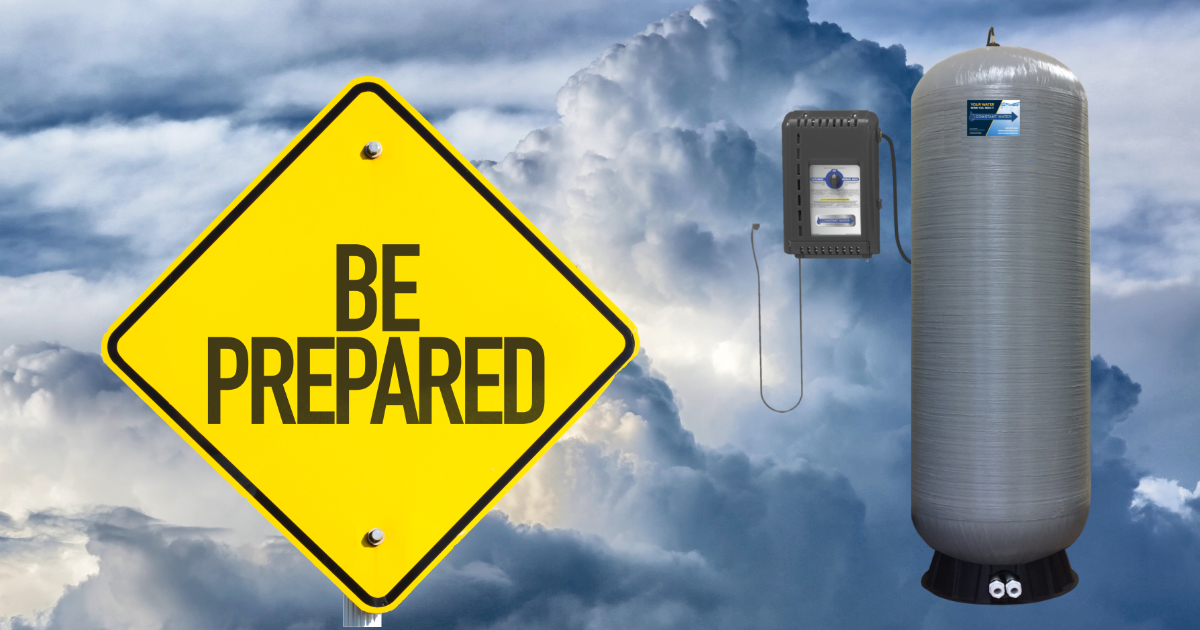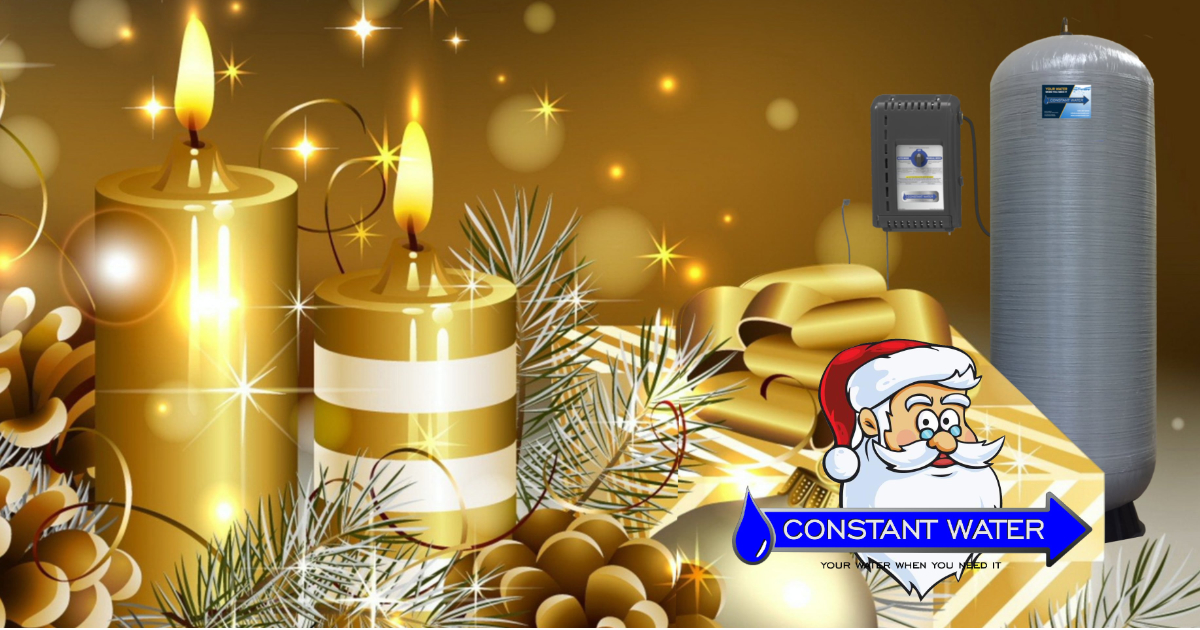Hurricanes and heat waves–Two recent articles highlight two distinctly different weather phenomena that are or will impact much of the US. While distinctly different, and threatening almost opposite ends of the U.S., they have common risk impacts — water supplies and water systems.
Hurricane Season Is Here
June 1st signifies the start of the annual hurricane/storm season in the U.S. Seasonal temperature increases generate the lift necessary to carry large quantities of water airborne that create both hurricanes and the damaging storms/tornadoes that we frequently see, and are seeing more frequently. They also appear to be more severe. Neither more frequent nor more severe are positive metrics.
Hurricanes and Water
CoreLogic 2021 Hurricane Report
Hurricanes and damage to water supplies/systems is not new. It has its own season, and mother nature makes good use of it. More that 32 million HOMES are in coastal counties along the Gulf and East coasts. Each is at risk every year of severe wind, storm surge, or inland flooding from the tremendous rainfall after the storm passes; all of which can leave you without water for long periods of time. Each year, reports of families without public water grow as the population increases and along with increased storm severity.
Without encouraging a heated debate, the climate is changing. We are seeing increased weather phenomena–more storms, and more severe storms. The damage done during the storms is also increasing. The Gulf/East coast regions are seeing more hurricane activity. Everyone is at risk, but rural and low income communities frequently suffer the worst. We can have lively discussions about what to do about it in the long-term, but we need to have more discussions about how to better prepare for it in the near-term. Constant Water can help!
However, in much of the U.S., the weather is currently hot and dry.
Heat Waves and Water
In the west and north central U.S., temperatures are already well into the 90’s with 100+ degree heat indexes being recorded. This heat, combined with reduced rainfall, can and is impacting both public and private water systems in these areas. As we’ve seen in many of the large western lakes, water levels are dangerously low—jeopardizing many of the public water systems in major cities.
– Do you know the current flow rate of your well?
But increased heat and decreased rain can also impact those on water wells. We don’t check the water levels in our wells very often (if ever), but decreased water in lakes can indicate decreased water in underground aquifers, from which well water comes. Do you know what the static water level is in your well? Do you know the current flow rate of your well? These are important numbers as they tell you how much water you have on-hand at any given point, and how quickly (or slowly) the well replenishes itself.
Many of our customers use Constant Water systems to offset a low and/or slow recovering well.
These heat waves also increase the threat of wildfires. As we saw last year. when the threat of wildfires grows, power companies begin planning for proactive power outages to reduce the possibility of starting additional fires. California’s PG&E was aggressive in the use of proactive power outages last year.
You don’t have to without water during severe heat and wildfire threats. Constant Water can help!
Increased Risks with Reduced FEMA Capabilities
So the climate is changing, and the risks/threats are increasing. Sadly, the FEMA staff, tasked with responding to disaster events, is not increasing proportionally. In fact, they are below availability levels of previous years by thousands of people. In May (yes, just last month) less than 28% of FEMA’s 13,700 emergency workers were available to respond with less than two weeks before the start of the annual hurricane season.
Much of the FEMA emergency staff has been allocated to COVID-related duties, yet FEMA remains the 911 call for natural disasters.
It doesn’t bode well for the hurricane and heat wave season.
We Can Help With Your Water
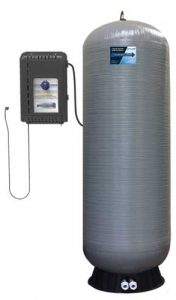
During a disaster event, hurricanes and heat waves, storms, earthquakes, flood, wildfire, etc., water remains the single most important commodity. You can live for weeks without food, but only three days without water. Electricity is a luxury, water is a necessity! You should consider adding a whole-house emergency water system to your home.
With a Constant Water system, you can have 120 gallons (or more) of potable water available to you and your family during every water-out event. You no longer need to fill sinks and tubs in preparation for a disaster event. And think about it, how long does water sitting in a sink or tub remain safely consumable?
You no longer have to lift and carry buckets of water from the sink or tub to flush the toilet. More than 80% of elderly falls occur in the bathroom with slippery floors as the main cause. Carrying water from the sink or tub to cook or clean is the perfect recipe for slippery floors and falls.
And imagine how many empty water bottles will not go in our landfills. With every use of our 120-gallon system, 720 plastic water bottles are not thrown into the garbage. And every use after that is another 720 bottles that don’t go into landfills. Constant Water systems are an environmentally responsible approach to water security. Win-Win-Win!

